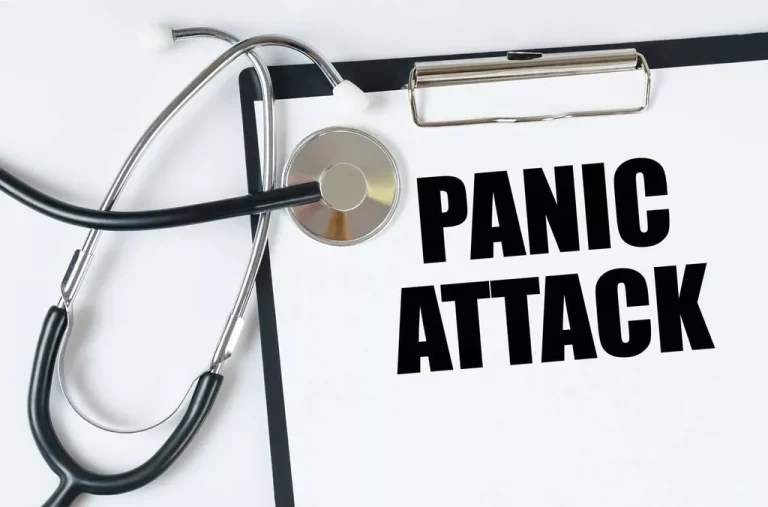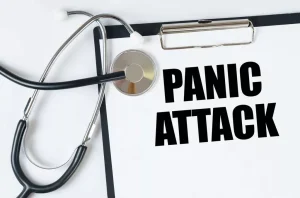We must explain to you how all seds this mistakens idea off denouncing pleasures and praising pain was born and I will give you a completed accounts off the system and expound the actually teaching.
Business
Does Drinking Non Alcoholic Beer Break Sobriety?

Non-alcoholic beer can contain up to 0.5% alcohol by volume, potentially misleading individuals about its safety. Some experts advocate for complete abstinence from non-alcoholic beer, while others view it as a potential harm-reduction tool. Concerns are expressed that even trace amounts of alcohol in non-alcoholic beer can be detrimental to those in recovery and may lead to relapse.

Empowering Your Mental Health Journey
Beer contains around seven calories per gram and with next to no alcohol in them, non-alcoholic beers have less. They can also differ slightly in taste but due to rising popularity, more money and time has been put into the production of alcohol-free beer, making it very hard to tell the difference. These strategies can help you navigate the challenges of staying sober while still enjoying life and social connections.

Are there other drinks that contain trace amounts of alcohol?

Non-alcoholic beer can be a good option for those seeking the taste of beer without the alcohol. It’s one that everyone who has decided to abstain from alcohol must how to avoid drinking again after sobriety make. The compounds xanthohumol and myrcenol in hops, a key ingredient in non-alcoholic beer, have a sedative effect and are thought to improve sleep patterns. Studies have shown that drinking non-alcoholic beer in the evening can help individuals fall asleep faster and experience less restlessness during the night, promoting better sleep quality.
- Some experts advocate for complete abstinence from non-alcoholic beer, while others view it as a potential harm-reduction tool.
- It may provide another option in addition to regular beer, soda, and water, which are often the main offerings at a bar or get-together.
- Vacuum distillation removes alcohol by boiling beer under high pressure to vaporize it, while arrested fermentation halts the fermentation process early, resulting in low to zero alcohol content.
- The answer to this question is subjective and depends on individual circumstances.
- If you or a loved one is suffering from an addiction and need help entering into recovery then we are here to offer help in any way we can.
- This neurological response suggests that for some individuals, non-alcoholic beer may increase the risk of cravings and potentially lead to alcohol consumption.
Does Drinking Non Alcoholic Beer Break Sobriety? What You Need to Know
When it comes to sobriety, every person’s journey is unique, and the idea of consuming non-alcoholic beer can spark some real debates. While non-alcoholic beer may not technically break sobriety, it’s subjective and can be dangerous, potentially causing triggers or relapse. In conclusion, non-alcoholic beer presents both opportunities and challenges for those in recovery. While it can provide social inclusion and satisfaction, it also carries risks that need to be carefully managed. By seeking professional guidance and creating a supportive environment, individuals can make informed decisions that support their sobriety journey.

- Sobriety coaches, who provide guidance and support for individuals in alcohol addiction recovery, often have differing opinions when it comes to non-alcoholic beer.
- Sports drinks often contain higher levels of electrolytes and may be more suitable for intense or prolonged physical activity.
- Others take a more moderate stance, recognizing non-alcoholic beer as a potential harm-reduction tool when consumed responsibly.
- As mentioned earlier, non-alcoholic beer often contains up to 0.5% alcohol by volume (ABV), while alcohol-free beer contains 0.0 ABV.
Regularly drinking non-alcoholic beer can make you glorify the “good old days” and miss the days when you could get drunk without having to try so hard to stay sober. As a result, it takes a lot of self-control to drink something that smells and tastes just like beer without eventually giving in and indulging in the real thing. For example, some sobriety tests rely on a person’s ability to walk in a straight line or to stand on one foot. If a person has consumed non-alcoholic beer, the alcohol in the beer could affect their ability to perform these tasks. If contemplating trying non-alcoholic beer, you need to understand the physical and psychological implications of that choice.

This article explores 7 key facts about non-alcoholic beer and sobriety. We’ll cover its impact on recovery, physical effects, and how support groups view it. The production of non-alcoholic beer involves several methods to remove or reduce the alcohol content while preserving its taste.
Drinking non-alcoholic beer can awaken the desire for alcohol in recovering individuals. The sensory experience of drinking non-alcoholic beer, including the taste, smell, and visual similarity to traditional beer, can trigger cravings and remind individuals of past drinking experiences. While non-alcoholic beer contains Twelve-step program minimal alcohol content, laws and regulations regarding the consumption of non-alcoholic beverages differ depending on the country. It is important to adhere to the legal drinking age and adhere to local regulations.

Post Comment